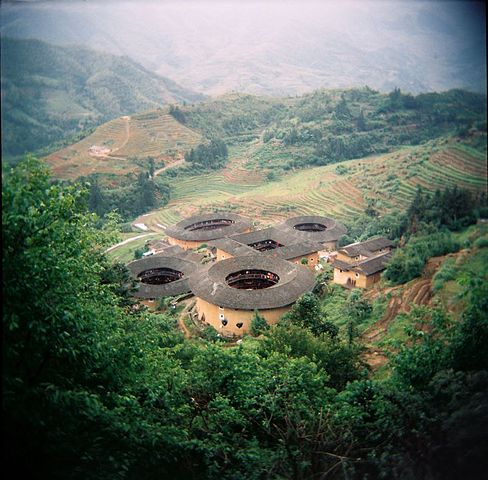We just learned about the Windings.
Another part of an electric motor is the Electromagnet.
An electromagnet is a bunch of wire wrapped around a pole, and the wire has electricity going through it.
The electricity and the winding of the wire creates an invisible field that can be used to charge or move metals.
In an electric motor, the electromagnet is what helps spin the rotor around inside the stator using electromagnetism.

(from: wikipedia - electromagnet)
Kid Facts - Blast from the past: Lift




